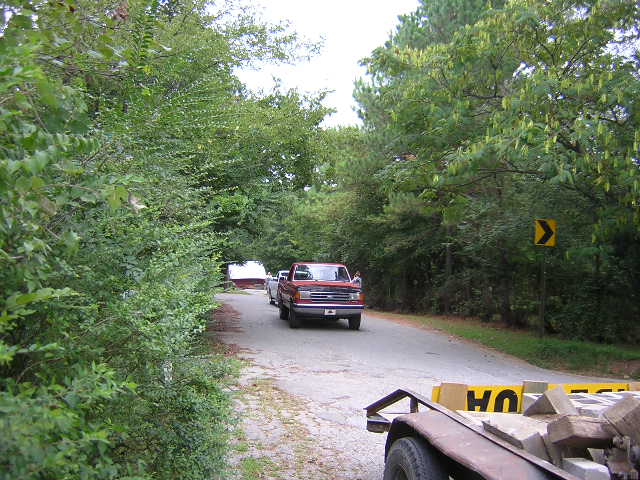Support Streamside Protection!
See it through to the end! The Council still needs to hear from you.
Protecting streams makes economic sense!
Here is your chance to make a difference! 
What?
Read about it here: http://www.accessfayetteville.org/government/strategic_planning/projects/Streamside_Protection_Ordinance.cfm
What is a riparian zone?
The Streamside Protection Ordinance establishes a list of land uses that help to establish riparian buffer zones. A riparian buffer zone is an area of trees, shrubs, and other vegetation adjoining and upgradient of streams and other surface water bodies. It intercepts surface runoff, subsurface flow, and deeper ground water flows and thereby buffers the effects of nutrients, sediment, organic matter, pesticides or other pollutants before they enter a stream (Welsch, 1991).
Actions you (and your friends) can take to make this succeed:
•Attend: 6:00pm on March 1st at City Hall on Mountain Street in Fayetteville, AR. This will be the third reading!
•Email the City Council members. Use city_clerk@ci.fayetteville.ar.us and ask that your message be forwarded to the Council members and to Mayor Jordan. The mayor supports this and is a sponsor.
•Call the Council Members. A list of email and phone numbers is at; http://www.accessfayetteville.org/government/city_council/index.cfm
Reasons to act:
•Creates a vegetative buffer along streams which holds soil in place and reduces pollutants.
•Less expensive than mechanically stabilizing banks.
•It protects our drinking water and our recreational areas.
•Our vegetated streams are beautiful and preferable to cemented ditches that can result from not protecting streambanks with vegetation.
•Other communities around the country are doing this, as well, because they see the economic (social, environmental, and financial) value of protecting riparian zones.
- Estimated increased property values as a result of riparian buffer vegetation on a property was $1,400 to $1,625 per property (Qui et al., 2006).
- It costs $250/linear foot to restore streams and their banks (City of Fayetteville cost history).
- Riparian areas can reduce the nitrogen concentration in water runoff and floodwater by up to 90 percent and reduce the phosphorous concentration by as much as 50 percent (NSF, 2006).
•There is opposition to this. The Council needs to hear your voices louder and clearer. This protects property. It limits activities in areas along streams in order to prevent pollution and erosion that we all pay for eventually.
Thank you very much for all you have already done and for all you do for this community.




